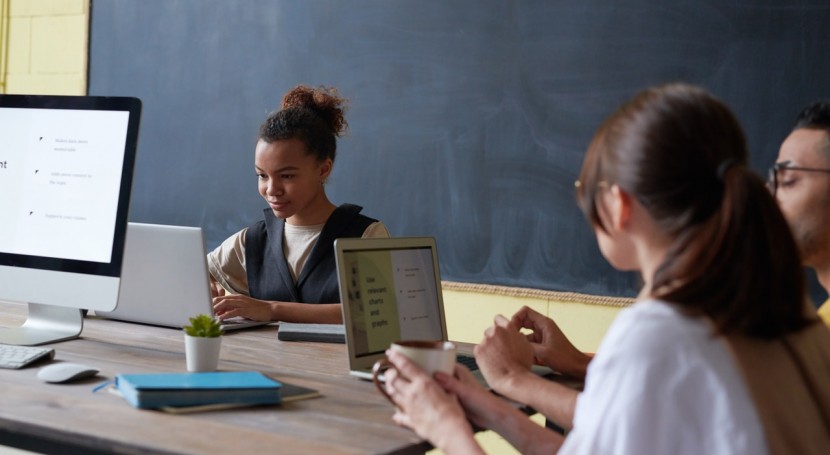A classroom is a place where children and young students get the chance to learn and grow. A classroom should not be just a place for studying and listening to what your teacher has to say. It needs to be a two-way street in which everyone gets a say.
That’s exactly why water thinking can be one of the things you could practice in a classroom. Learning about the importance of water preservation, water environmental issues, or water contamination is extremely important. To make the process of water thinking in the classroom more fun and proactive, you could use education activities.
Here’s a list of 4 best education activities that you should use in your classroom to cultivate water thinking.
Debate
Debates are always a great way to motivate the students to be active and share their opinion on a subject. Debates are great for students in the higher grades of elementary school or high-school students.
Here’s how it works:
- the teacher divides the class into 2 groups
- each group gets a standpoint to defend, regardless of whether they agree with it or not
- they get some time to prepare
- the teacher and a couple more students are the “judges”
Students will be able to understand the issue they’re discussing from different angles and hear some arguments they haven’t heard before.
They’ll also learn a lot and maybe even get interested in this subject. Who knows, they might continue the research on this topic on their own and learn new facts as they explore.
2. Role-Play
Role-play is one of the best drama activities you can use in your classroom to teach the students virtually anything. It’s a fun and active way to help them get to the bottom of a water-related question and learn about it on the go.
All you need is a topic or a situation that the kids need to act out. You can approach it in different ways:
- you prepare the script in advance
- have them write their script during the first part of the class
- have them improvise

Chose an option based on the age and level of knowledge of your students. Make sure you have a discussion before the role-play, to help them understand what you’re talking about and why.
This type of innovation in the classroom will improve the atmosphere and motivate the students to participate.
3. Research & Present
Children love projects they get to do on their own terms and then come up with interesting conclusions.
If you want to activate your students and cultivate proper water thinking in the classroom, you can assign projects and have the students present their results to the rest of the class.
Make sure the project is something both interesting and important:
- research on Greenland’s loss of ice
- water cycle experiments with images
- research on water pollution in your community
- learning about the quality of the drinking water in your community
- a project about the underground waters
Anything that’s interesting to learn, and present about is a great topic. The kids will love it to be in the teacher’s shoes at least for 10 minutes and they’ll do their best to do a great job.
Other kids will be entertained to listen to a peer and they’ll learn more with such increased focus and concentration.
4. Quiz
Children can be quite competitive and that’s why they find quizzes so challenging and entertaining. You can use this for your advantage and prepare a quiz for your students.
First, you’ll have to give lectures about the water-related problem, information, or facts that you want them to learn. Then, as a means of knowledge revision, you announce the quiz for the next class.
This gives the kids plenty of time to prepare and think about everything that you’ve learned so far.
When they get back for the next class, you need to:
- divide them into teams
- explain the rules
- decide who’s the captain of each team
- keep the score on the board where everyone can see it
- start with the quiz
- ask the questions related to the water lecture you've had.
The kids will try hard to get the right answer, and they’ll collaborate to beat the other teams.
Even if they don’t know the answer, they’ll learn it in the process of this active revision.
"Quizzes are great for making the information stick. Students get active, involved, and very focused. They memorize facts better and can preserve this knowledge for the long run" says Sarah Pearson, a children’s psychologist and a writer at Top Writers Review.
A quiz can turn your classroom into a vivid revision of information and help the students learn in a quality way.
Final Thoughts
Cultivating water thinking in the classroom is not as hard as it may seem. All you have to do is know which classroom activities to use and how to conduct them properly.
The ideas above will help you cultivate water thinking in the classroom and give your students the insight into this important matter the right way.


